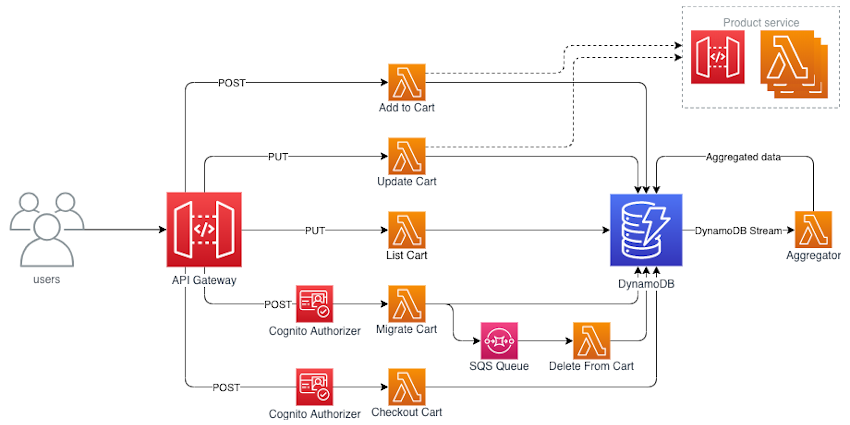When it comes to parallel computing for GPUs (Graphics Processing Units), two prominent platforms stand out: OpenCL and CUDA. Both of these technologies provide ways to harness the immense computational power of GPUs for various applications, from scientific simulations to deep learning. In this blog post, we’ll dive into a comparative analysis of OpenCL vs. CUDA to help you understand their differences, strengths, and use cases.
Understanding OpenCL
OpenCL, short for Open Computing Language, is an open-source framework developed by the Khronos Group. It is designed to be a vendor-neutral standard for heterogeneous computing, enabling developers to write code that runs efficiently on different GPUs and CPUs.
Pros of OpenCL:
- Vendor Neutrality: OpenCL is not tied to any specific hardware manufacturer, making it a versatile choice for developers working with various GPUs and CPUs.
- Cross-Platform Compatibility: OpenCL is supported on a wide range of platforms, including Windows, Linux, macOS, and mobile devices, making it highly versatile.
- Programming Languages: It allows developers to write code in multiple languages, including C, C++, and Python.
- Community Support: OpenCL benefits from an active open-source community that continually improves and expands its capabilities.
Cons of OpenCL:
- Complexity: OpenCL can be more challenging to learn and use compared to CUDA due to its broader compatibility.
- Performance Variability: Achieving optimal performance may require more effort, as it depends on the specific hardware and drivers used.
Exploring CUDA
CUDA, which stands for Compute Unified Device Architecture, is a parallel computing platform developed by NVIDIA. It is tightly integrated with NVIDIA GPUs and is known for its high performance and ease of use.
Pros of CUDA:
- Performance: CUDA often delivers better performance compared to OpenCL, thanks to its deep integration with NVIDIA hardware.
- Easier Development: Developers often find CUDA easier to learn and use due to its specific focus on NVIDIA GPUs.
- Rich Ecosystem: CUDA has a well-established ecosystem, with libraries and frameworks like cuDNN, cuBLAS, and TensorFlow optimized for NVIDIA GPUs.
- Wider Adoption in Deep Learning: CUDA is the go-to choice for deep learning frameworks like TensorFlow and PyTorch, which often yield better performance on NVIDIA GPUs.
Cons of CUDA:
- Vendor Lock-In: CUDA is specific to NVIDIA GPUs, which means applications developed using CUDA are not easily portable to other hardware.
- Platform Dependence: CUDA primarily supports Windows and Linux, limiting its cross-platform compatibility.
Choosing Between OpenCL and CUDA
The choice between OpenCL and CUDA depends on your specific requirements and constraints:
- If you need to target a wide range of hardware, especially non-NVIDIA GPUs and CPUs, OpenCL’s vendor neutrality is advantageous.
- If you prioritize performance, especially in deep learning applications, and are working with NVIDIA GPUs, CUDA often provides better results.
- Consider the existing software and libraries you plan to use. If they are CUDA-optimized, it may make sense to stick with CUDA.
- Your familiarity with programming languages and frameworks may also influence your choice.
Here are some FAQS based on OpenCL and CUDA
- How is OpenCL different from CUDA?
- OpenCL is an open-source, vendor-neutral framework for heterogeneous computing, while CUDA is NVIDIA’s proprietary parallel computing platform. CUDA is specific to NVIDIA GPUs, while OpenCL can run on various GPUs and CPUs, making it more versatile but potentially less optimized.
- Does AMD use OpenCL or CUDA?
- AMD predominantly uses OpenCL for its GPUs, as it aligns with the company’s commitment to open standards. CUDA is specific to NVIDIA hardware and not supported by AMD GPUs.
- Is CUDA faster than OpenGL?
- CUDA and OpenGL serve different purposes. CUDA is a parallel computing platform, while OpenGL is a graphics API. Comparing their speed is like comparing apples and oranges; it depends on the specific task. CUDA may be faster for GPU-based computation, while OpenGL is designed for rendering graphics.
- Does OpenCL need a GPU?
- OpenCL does not strictly require a GPU. It can also run on multi-core CPUs, which makes it a versatile choice for heterogeneous computing. However, it’s commonly used with GPUs to leverage their parallel processing power.
In conclusion, both OpenCL and CUDA have their merits and are valuable tools for GPU-accelerated computing. Your choice should align with your specific project requirements, hardware availability, and performance expectations. Regardless of your choice, harnessing the power of GPUs through parallel computing can significantly accelerate a wide range of computational tasks.













